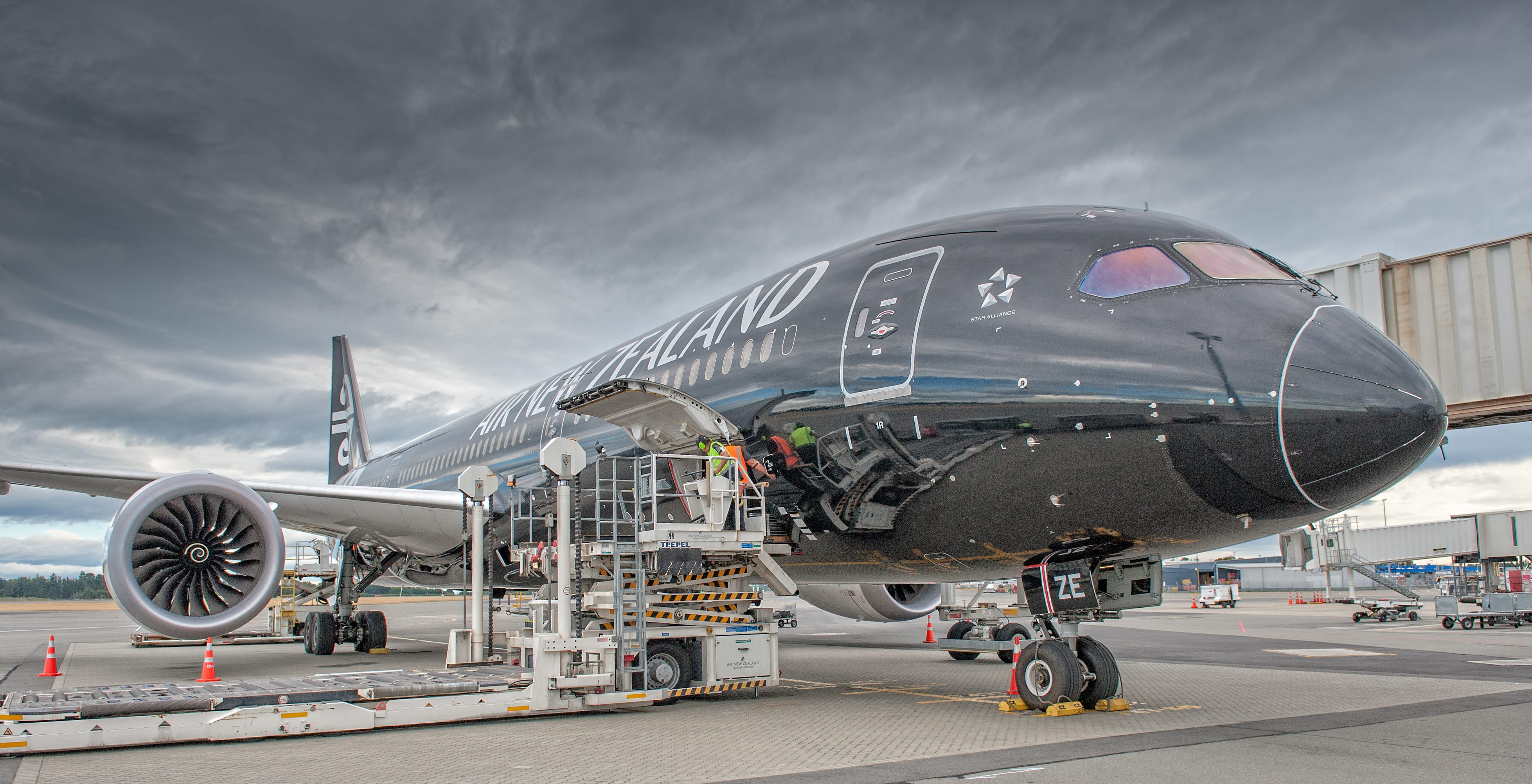30 Nov 2021
Getting South Island produce to distant dinner tables
While New Zealand remains one of a handful of countries worldwide with fully closed international borders, many world-renowned South Island exports risk being cut off from their usual route to consumers overseas – in the belly hold of passenger aircraft.
However, Phase 2 of the government’s Maintaining International Air Connectivity (MIAC) scheme won’t let that happen. The scheme is assisting Air New Zealand to operate five airfreight routes throughout summer to preserve essential trade links and keep supplier contracts in place.
Thanks to MIAC, our delicacies travel around the world to
- Shanghai (3 to 4 times per week)
- Guangzhou (2 to 3 times per week)
- Hong Kong (3 times per week)
- Taipei (1 to 2 times per week)
- Los Angeles (3 to 4 times per week)
The Boeing 787 Dreamliner aircraft, with unoccupied passenger seats, not only provide our goods direct access to some of New Zealand’s biggest trading partners, but also onwards connections with other airlines to important markets such as the UK and Europe.
Much of the produce on these MIAC flights will be time-sensitive high-value fresh produce, such as mussels and salmon from Marlborough, Canterbury lamb, and Central Otago cherries.
On its return trips, the aircraft facilitate importing critical medical equipment and electrical components. Ongoing disruption to surface supply chains is also seeing an increasingly diverse selection of products now moving by air, rather than its previous travel on cargo ships, including exports such as apples and avocados.
As the name of the scheme implies, maintaining this international air connectivity will also provide a foundation network, in anticipation of returning to a more normal travel environment next year, for both passengers and the freight travelling beneath their seats.
